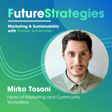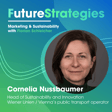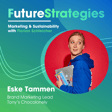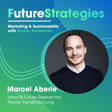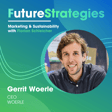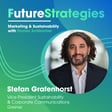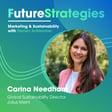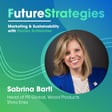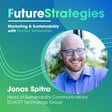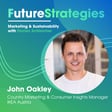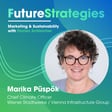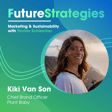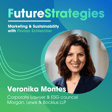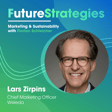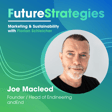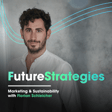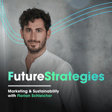
🏡 Building for Human & Planetary Health - Lenna Lockwood on Biophilic Design, Planetary Health & Storytelling in Real Estate
Lenna Lockwood is the founder of Prospera, a real estate consultancy focused on creating places that support human and planetary thriving. With over a decade of experience across the United States and Western Europe, her work bridges design, strategy, and evidence-based innovation in the built environment. Her approach is regenerative, systems-oriented, and grounded in science, drawing on key frameworks such as the Biophilic Design, Circularity and Low-Carbon Design. She advises her clients on how to create places that actively support human thriving and healthspan—physically, mentally, and socially—while meeting the urgent challenges of restoring breached planetary boundaries and building a strong social foundation.
About the FutureStrategies podcast and your host:
I’m Florian Schleicher, a marketing strategist. I help brands gain clarity, spark momentum, and turn strategy into something that actually moves people. In 2022, I started my marketing studio FUTURESTRATEGIES. to do exactly that. I currently work with corporate clients from 11 countries.
If you want more, check out my FutureStrategies newsletter – weekly inspiration on marketing, strategy and sustainability.
And if something’s blocking your brand from doing its best work, let’s talk.
